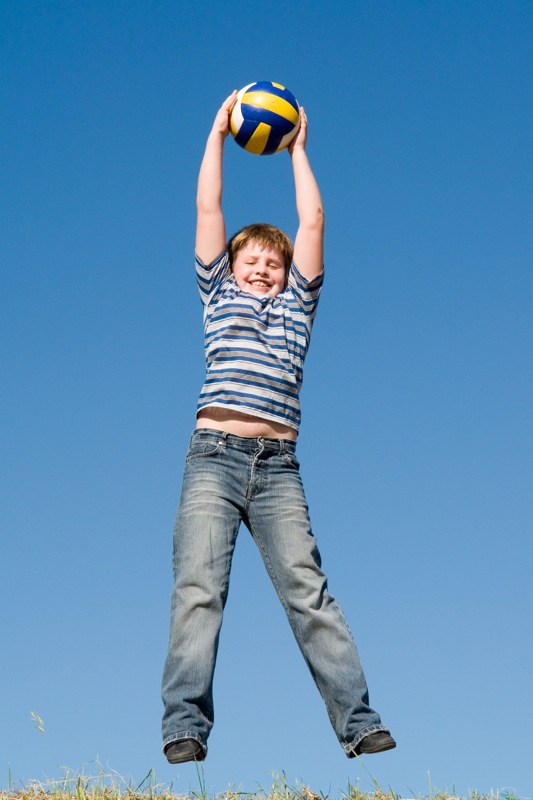 Autism is a developmental disorder of the mind, but it has a profound impact on the body as well. Children with autism can have trouble with motor function, poor coordination, myoclonal jerks, abnormal gait and posture, and sometimes difficulty sitting, lying, crawling, or walking.
Autism is a developmental disorder of the mind, but it has a profound impact on the body as well. Children with autism can have trouble with motor function, poor coordination, myoclonal jerks, abnormal gait and posture, and sometimes difficulty sitting, lying, crawling, or walking.
Autism is incredibly complex and still largely mysterious, and treatments can require a multitude of medical and behavioral interventions, from medications and educational therapies to behavioral therapies and communication therapies. But there’s another piece of the puzzle, one that can help not only with some of the physical symptoms but with behavioral problems and quality of life in general: exercise.
Why Exercise Matters in Autism
Physical activity is important for all children, regardless of their health, but it’s especially important for autistic kids. They have higher rates of obesity than other children, for one thing, and that puts them at risk for other health conditions, from diabetes to depression. And those illnesses will only further aggravate the underlying symptoms of the autism.
Physical fitness improves general motor functioning. Studies have shown that regular exercise can lead to improvements in balance, strength, agility, speed, endurance and flexibility. It also has been shown to significantly reduce negative, repetitive behaviors such as body rocking, head nodding, object tapping, and spinning. And exercise may have an effect in reducing self-injurious or aggressive behavior.
Finally, regular exercise gives autistic children some of the positive social interaction they find difficult to maintain in their daily lives. This is particularly true of children who are able to participate in team sports, but it’s also true of children who require solitude, as there still may be interaction with coaches or therapists. Above all, autistic children who exercise are able to build self esteem and self confidence that may help them manage their symptoms and communicate more easily.
Finding the Right Approach
So what’s the right exercise regimen for your autistic child? Well, that depends. It depends on your child; their symptoms and behaviors as well as strengths and deficits. Most of all, it depends on what your child enjoys!
Whether it’s team sports or one-on-one yoga, don’t rule anything out right away. Some sports, like hockey, may seem too dangerous or too involved or too social, but that doesn’t mean they are. There are hockey teams in the United States made up entirely of developmentally disabled children.
Combine Exercise, Academics and Social Skills
Whatever type of athletics you choose, do what you can to integrate it into your child’s academic and social skills studies. Follow your child’s exercise regimen or team sport with a study period, and follow that by a social skills period. Make sure the various teachers and therapists are in contact with each other. Integrating social, academic and physical activities will help minimize your child’s cognitive and sensory symptoms.
If your child is up for a team sport, either find one that has other developmentally disabled players or place him or her on a team with players a couple of years younger. A “shadow” can help bring your child onto the team socially and athletically.
Even if your child isn’t ready for a team sport, he or she can still learn some of the basics – making a goal, catching a ball, throwing into hoop. That way, if the time comes, he or she can join in a game after school or sign up for a team.
Valerie Johnston is a health and fitness writer located in East Texas. With ambitions of one day running a marathon, writing for Healthline.com ensures she keeps up-to-date on all of the latest health and fitness news.





